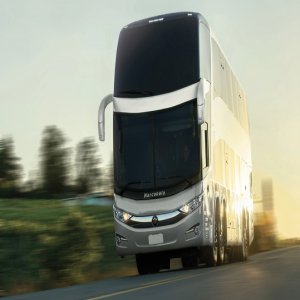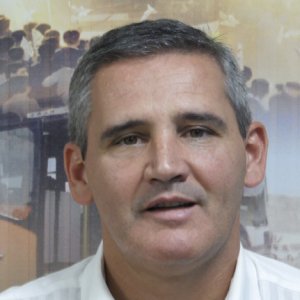Overcoming Barrage of Development Challenges

STORY INLINE POST
Q: How is CIMA collaborating with the different research centers throughout the country?
A: CIMA is collaborating with the Institute of Electric Investigation (IIE), the National Center of Investigation and Technological Development (CENIDET), the San Luis Potosi Institute of Scientific Investigation and Technology (IPICYT), and the University of San Luis Potosi on a Ministry of Energy project designed to produce a two-seater cargo vehicle powered with a 5kW hydrogen cell, capable of reaching 60 km/h and supporting a total cargo of 400kg. IIE only had the technology to manufacture 1kW cells, but with the Ministry of Energy’s support, the institute is now able to produce a 5kW version. The project leaders, CENIDET and IPICYT, are focusing on the electronics of the vehicle, supported by the University of San Luis Potosi, while CIMA is providing the structure, styling, and the powertrain for the vehicle.
We are also participating with MODUTRAM on its LINT project, focused on PRT autonomous vehicles. The company is developing a monorail system and we are collaborating on the chassis, powertrain, the coupling between the vehicles and the rail, and their performance characterization regarding speed, braking, and acceleration. Cuernavaca was the first city to acquire this system, and although it has only been implemented in its convention center, the plan is to develop an entire network through the city. This system would be ideal for urban transportation, but the costs are still too high. Currently, the units are powered by gasoline, but the final goal is to implement a hybrid engine.
Q: How is CIMA contributing to the development of the local supply chain?
A: During the last 11 years, we have contributed to more than 100 projects for this sector, we have published more than 80 articles, filed 12 patents, and we manage a cash flow of US$5 million. One of our main projects in this area is with Macimex, the largest crankshaft manufacturer in Latin America. This company approached us with the desire to become more competitive, given the growth of electric and hybrid vehicles in the sector. We are also working with ETXE-TAR to develop a laser heat treatment process, based on the crankshafts manufactured by Macimex. Instead of treating the material through an induction process, the laser tempers the material superficially, obtaining martensite without submerging the component in a liquid. We designed a system capable of carrying out this process, and we even modified an SAE standard to incorporate this technology in the industry.
Q: What are the specifics of your current project with the PACE network, and how is CIMA contributing to its development?
A: The first challenge was to break the traditional T-Model from Ford, and the second was a Portable Assisted Mobility Device designed for last-mile applications. This latter project originated from the idea of reducing vehicle use and consumption, promoting public transportation with a practical solution for travelling short distances. Mexico and Latin America are still behind on this concept, but Europe and the US have already embraced new mobility solutions like car sharing. For the latest challenge, the idea was to create a Reconfigurable Shared Mobility System, but given the large scope of this concept, we focused on the vehicle’s adaptability regarding passenger or cargo capacity. This is a two-year project for which we are currently in the initial design phase. The fundamental concept for this product was based on a seed and was capable of seating one person when closed, but able to seat two people when it extended. The original design included an option to adapt the steering wheel to the right or left of the vehicle, depending on how the user required it. Based on those specifications, the engineers proposed their best solution, combining functionality and an attractive design.
Q: What does the future for hydrogen cells in Mexico look like?
A: Electric technology has not yet been perfected and petrol prices are not overly inflated in Mexico, so the real change will come when we see significant cost reductions in battery and hydrogen cell technology. We are working with the Ministry of Energy to evaluate the most efficient way to implement this technology in a vehicle. However, for the next ten years, hydrogen cells will only work as a support system for lithium batteries.























